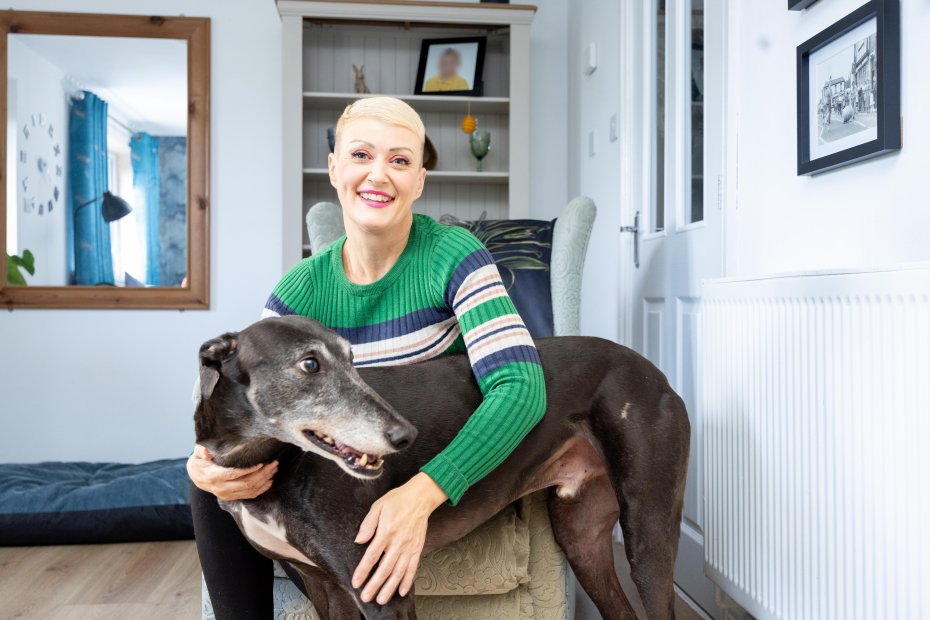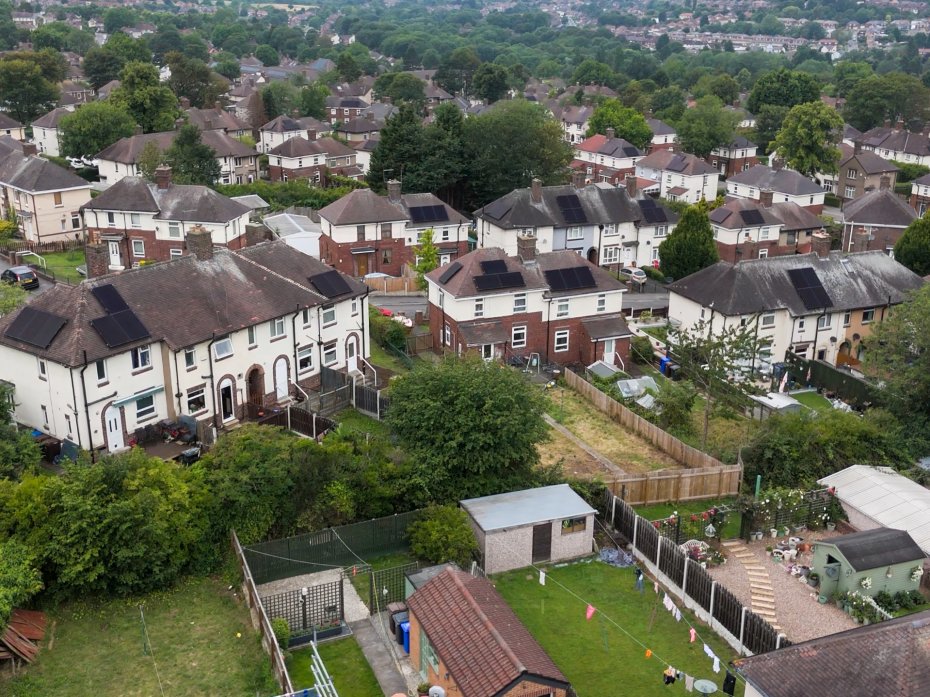
Building Homes for People, Not Just Performance. By Mark Allen
Published 1st October 2025
The debate around “Fabric First” and “Fabric Fifth” continues to gather momentum across the housing sector. Government signals suggest that funding allocations for social housing will be directed toward technological interventions, such heat pumps, rather than fundamental fabric improvements.
This raises an important question: is this the right solution? The honest answer is not straightforward. What I am certain of, however, is that housing must never be reduced to a conversation about property performance alone. At its core, housing is about people, their comfort, well-being and long-term quality of life.
Too often, the sector seeks “silver bullet” solutions. Solar panels, renewable technologies or the latest position in the fabric-first versus fabric-fifth debate all capture attention and imply quick, or even, results. Yet after nearly two years at Fortem, and 28 years in the industry, one thing has become abundantly clear to me: no single fix will ever be enough.
If we want housing, our homes, to succeed, environmentally, socially and economically, we have to put people first. Energy efficiency and low-carbon solutions matter deeply, but they should serve a greater goal: creating homes where individuals, families and communities can truly thrive. And in social housing this is critical, because by investing in homes we enable residents and communities to more sustainable lives.
Beyond the Silver Bullet
I’ve seen how easy it is for the industry to get caught up in technical debates. We ask whether retrofit should take priority over new build, or whether insulation should come before renewables. These questions are important, but they often miss the bigger point.
Homes are not just technical systems; they are living environments. People don’t behave according to energy models. They live, they adapt, they seek comfort.
Take the discussion around fabric-first. Critics sometimes argue that residents of highly insulated homes fall into “comfort creep.” They take off their extra layers, enjoy warmer temperatures and in doing so increase their energy consumption. There is some truth in that. People will always make their homes more comfortable when they can.
But the statistics tell a fuller story. Even with this behaviour, energy use never reverts to pre-retrofit levels. Efficiency gains remain. People live more comfortably, but they also live more sustainably. That’s not a failure of fabric-first, that’s a success , because it shows that when we design and plan well, we can deliver both comfort and carbon savings.
The lesson here is not to get stuck arguing over which technology or method is “best.” The real challenge is to design homes that work with human behaviour, not against it.
Housing as a platform for wellbeing
When we start with the question, “How can we improve the residents’ home so it allows people to live well?” the answers look very different.
For me, this means:
- Designing for comfort and adaptability, so that homes support people through seasonal shifts, lifestyle changes and long-term use. This means that before we design solutions, we need to understand how the tenant uses the home. For example, if the property was supporting an elderly resident with limited technology know-how, a heat pump may look like the perfect solution on paper and fit the energy targets, but the tenant could struggle with the behavioural changes required to use the technology effectively. The solution must reflect the needs of the home and its occupants, not just meet a technical specification.
- Strengthening communities, because housing is never just about individual properties; it is about the networks of people who live side by side. Our retrofit programmes deliver far more than just warmer homes. They support communities to build a more sustainable future for residents by reducing fuel poverty and improving comfort. Aesthetically, once retrofit works are complete, homes and streets are transformed, creating renewed pride and positivity in the area. At Fortem, we invest in community engagement projects because we recognise that the value of housing extends far beyond bricks, mortar and kilowatt-hours saved. Housing exists within neighbourhoods, among networks of families and individuals, and within the shared spaces that define a community. These programmes have the potential to deliver a truly transformative difference, for the homes, the residents and the wider communities.
- Engaging with tenants, making sure people understand how to use the systems in their homes and feel empowered, not alienated, by them. The reality is that no one wants major disruption in their home. It is therefore vital that we work alongside social housing tenants to ensure they feel supported throughout the process, understand the improvements being made, and know how to use any new technologies installed. We partner with TPAS to ensure all our tenant-facing staff are fully trained to guide tenants on this journey. Because without tenant engagement, there is no project - and without tenant buy-in, the results simply won’t be realised.
- Prioritising resilience and affordability, so homes remain fit for purpose for decades to come, not just at handover. It’s critical that any retrofit measures have a long-term impact reducing both energy bills and ongoing repair and maintenance needs. Fortem is fortunate that it can offer a wraparound service from delivery to maintenance, this means that properties aren’t left at the end of a project, rather they are maintained to ensure performance.
At Fortem, this mindset is central to our work. We don’t just retrofit houses we invest in communities. From local engagement projects to partnerships that strengthen social networks, we see housing as part of a bigger ecosystem of well-being. And the results are clear, when communities are supported, homes deliver greater value, not only for residents but also for our clients and the wider industry stakeholders.

Rethinking how we measure success
We must be careful not to judge the success of a retrofit programme in social housing purely on benchmarks: energy ratings, carbon savings or financial efficiency. These matter, but they aren’t the whole story.
A home is only truly successful if it makes life better for the people living in it. That means redefining success to include:
- Resident outcomes: Are people happier, healthier, and more secure?
- Sustained performance: Do efficiency gains last as people adapt to their homes, not just as predicted in models?
- Community strength: Does the housing we improve foster stronger, more connected neighbourhoods?
When we measure success in this way, housing becomes more than a technical exercise, it becomes a platform for thriving lives.
A way forward
The housing sector faces enormous challenges. We must decarbonise, we must deliver more homes and we must ensure affordability. It’s tempting to look for a single answer, a single technology, that will solve all of this at once. But housing doesn’t work that way, especially social housing where the properties are so varied.
The way forward is not about finding a silver bullet. It’s about aligning our technical tools which could be insulation, renewables, retrofit strategies - with a clear purpose to benefit the people in their homes. When we design and build with people in mind, the technology falls into place.
This is the approach we take at Fortem. It’s why we put such emphasis on community engagement. It’s why we consider both the client and the tenant in our projects. And it’s why we believe that Every Home Matters, because a home is not a property, it is not a technical challenge, it is a place where people live their lives. And when we put people first, we create social housing solutions that truly stands the test of time.
